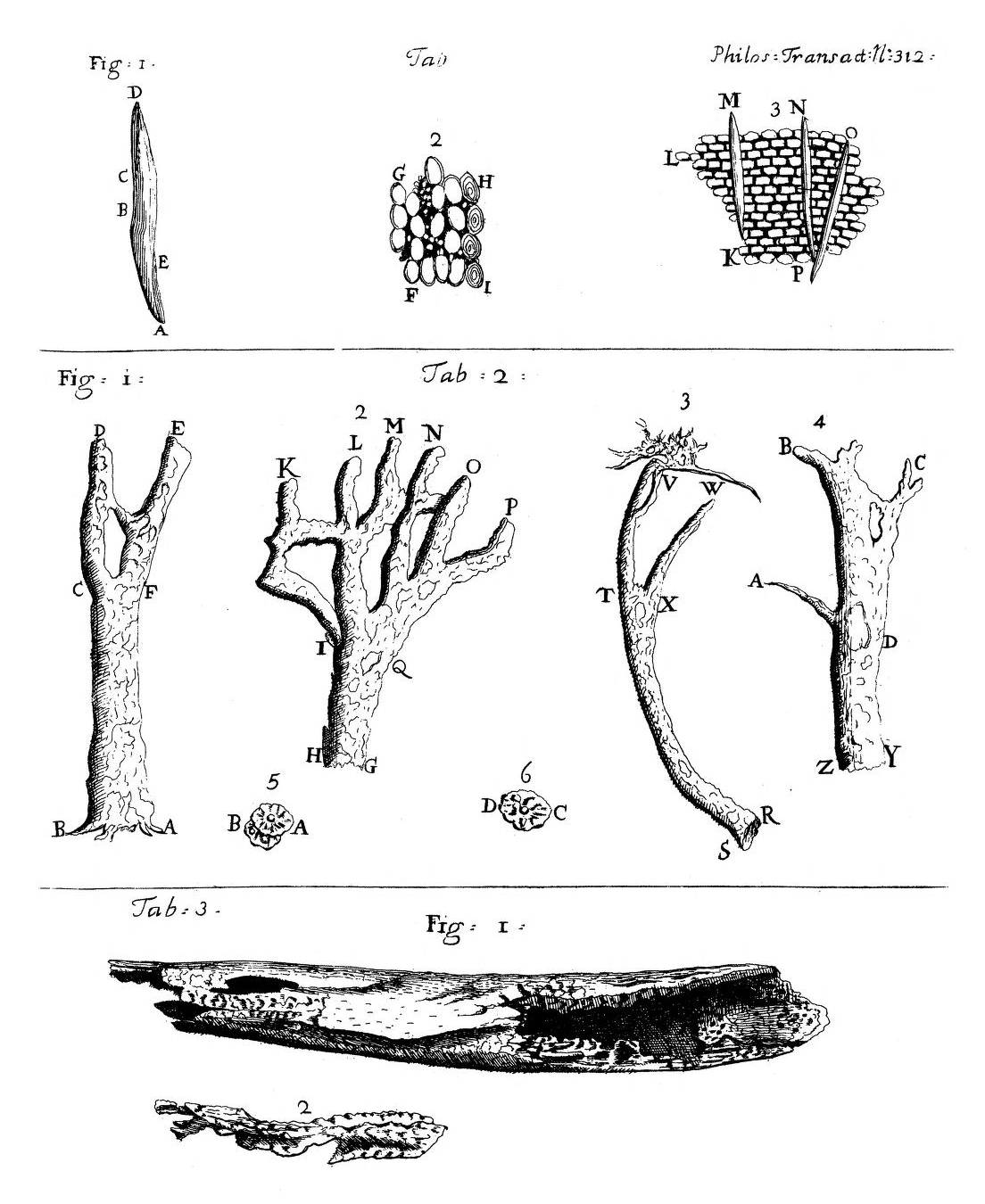|
Remijia
''Remijia'' is a genus of flowering plants in the family Rubiaceae. Within the family, it is a member of the subfamily Cinchonoideae and the tribe Cinchoneae. There are about 36 species in ''Remijia''. They are native to Peru and Brazil. Some of the species have hollow stems that harbor ants.David J. Mabberley. 2008. ''Mabberley's Plant-Book'' third edition (2008). Cambridge University Press: UK. The bark of ''Remijia'' contains 0.5%–2% of quinine, a chemical substance often used as a medicinal drug and flavour additive in tonic water. It is cheaper than the bark of ''Cinchona'', another source of quinine. Because of its intense flavor, the bark of ''Remijia'' is used in making tonic water.Henry Hobhouse (2004) ''Šest rostlin, které změnily svět''. Academia, Akademie věd České republiky, Praha, , page 59. in Czech No type species has ever been designated for ''Remijia''. In 2005, two species were transferred from ''Remijia'' to a new genus, ''Ciliosemina''. Species ... [...More Info...] [...Related Items...] OR: [Wikipedia] [Google] [Baidu] |
Remijia Asperula
''Remijia'' is a genus of flowering plants in the family Rubiaceae. Within the family, it is a member of the subfamily Cinchonoideae and the tribe Cinchoneae. There are about 36 species in ''Remijia''. They are native to Peru and Brazil. Some of the species have hollow stems that harbor ants.David J. Mabberley. 2008. ''Mabberley's Plant-Book'' third edition (2008). Cambridge University Press: UK. The bark of ''Remijia'' contains 0.5%–2% of quinine, a chemical substance often used as a medicinal drug and flavour additive in tonic water. It is cheaper than the bark of ''Cinchona'', another source of quinine. Because of its intense flavor, the bark of ''Remijia'' is used in making tonic water.Henry Hobhouse (2004) ''Šest rostlin, které změnily svět''. Academia, Akademie věd České republiky, Praha, , page 59. in Czech No type species has ever been designated for ''Remijia''. In 2005, two species were transferred from ''Remijia'' to a new genus, '' Ciliosemina''. S ... [...More Info...] [...Related Items...] OR: [Wikipedia] [Google] [Baidu] |
Cinchoneae
The Cinchoneae are a tribe of flowering plants in the family Rubiaceae containing about 125 species in 9 genera. Representatives are found from Costa Rica to southern tropical America. Species within Cinchoneae are characterized as small trees or shrubs with imbricate or valvate corolla aestivation and often dry capsular fruits. Many species contain alkaloids. Genera Currently accepted names * ''Ciliosemina'' Antonelli (2 sp) * ''Cinchona'' L. (24 sp) * '' Cinchonopsis'' L.Andersson (1 sp) * '' Joosia'' H.Karst. (12 sp) * '' Ladenbergia'' Klotzsch (35 sp) * '' Maguireocharis'' Steyerm. (1 sp) * '' Pimentelia'' Wedd. (1 sp) * '' Remijia'' DC. (45 sp) * '' Stilpnophyllum'' Hook.f. (4 sp) Synonyms * ''Cascarilla'' ( Endl.) Wedd. = '' Ladenbergia'' *''Cephalodendron'' Steyerm. = '' Remijia'' * ''Kinkina'' Adans. = ''Cinchona'' * ''Macrocneumum'' Vand. = '' Remijia'' * ''Quinquina'' Boehm. = ''Cinchona ''Cinchona'' (pronounced or ) is a genus of flowering plan ... [...More Info...] [...Related Items...] OR: [Wikipedia] [Google] [Baidu] |
Cinchona
''Cinchona'' (pronounced or ) is a genus of flowering plants in the family Rubiaceae containing at least 23 species of trees and shrubs. All are native to the Tropical Andes, tropical Andean forests of western South America. A few species are reportedly naturalization (biology), naturalized in Central America, Jamaica, French Polynesia, Sulawesi, Saint Helena in the South Atlantic, and São Tomé and Príncipe off the coast of tropical Africa, and others have been cultivated in India and Java, where they have formed hybrids. ''Cinchona'' has been historically sought after for its medicinal value, as the bark of several species yields quinine and other alkaloids. These were the only effective treatments against malaria during the height of European colonialism, which made them of great economic and political importance. Trees in the genus are also known as fever trees because of their antimalarial properties. The artificial Quinine total synthesis, synthesis of quinine in 1944, ... [...More Info...] [...Related Items...] OR: [Wikipedia] [Google] [Baidu] |
